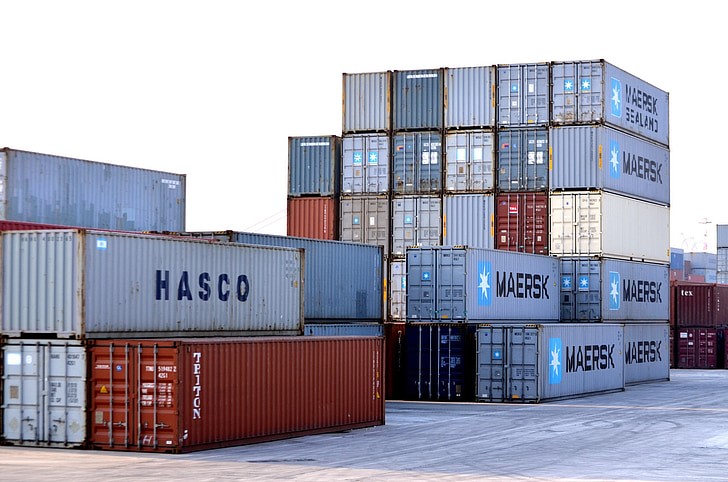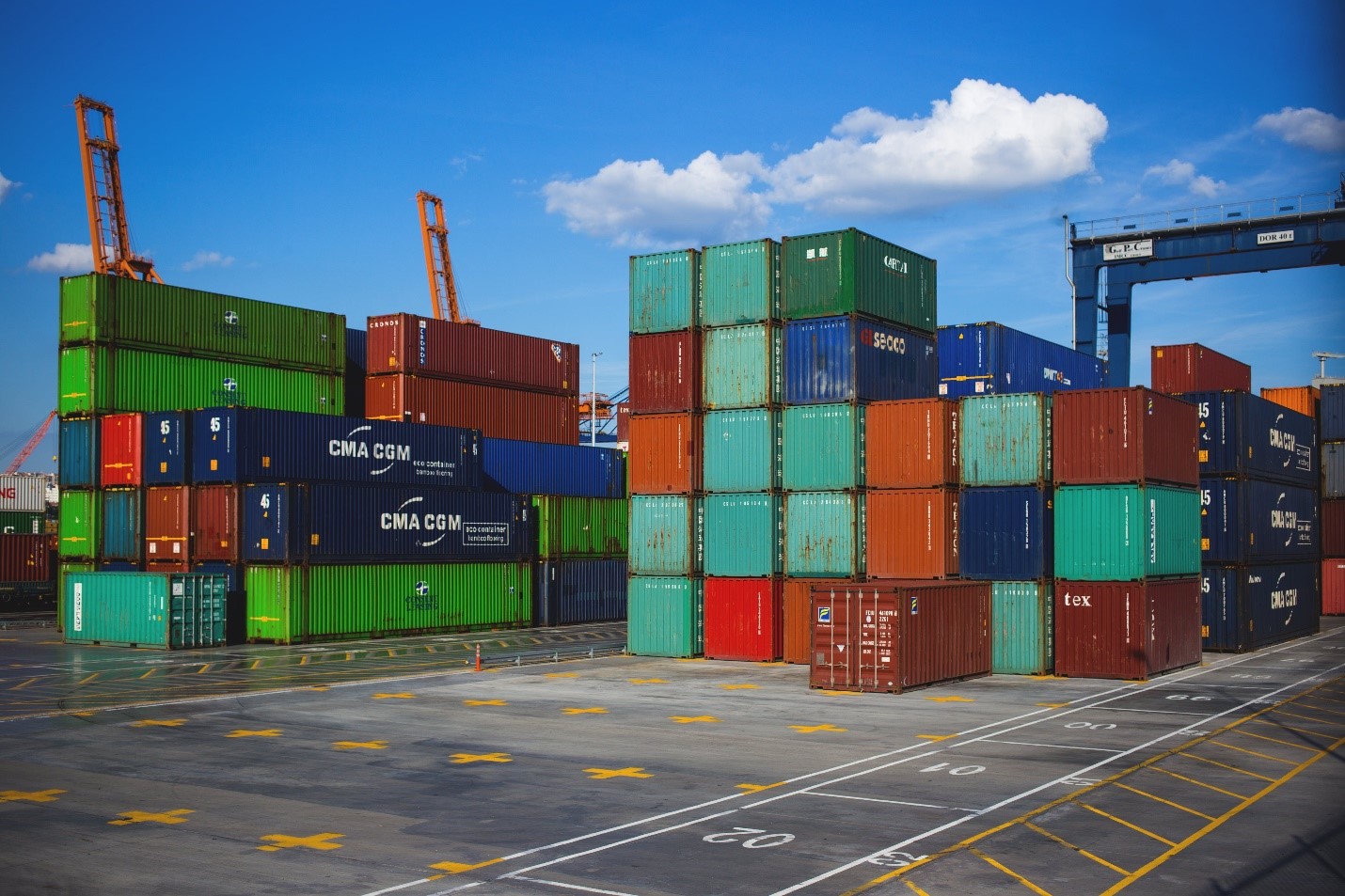In the realm of logistics and global trade, shipping containers are often the unsung heroes that get the job done across oceans. They may be unassuming at first glance, but they’ve transported and paved the way on how goods are sent from one coast to another. They also helped lift international commerce and revolutionized supply chains since their humble beginnings. Today, they are an essential part of the economy, and their value is expected to rise in the future. See more about the containers on this page here.
Malcolm McLean patented and invented the first standard shipping container in 1956. He owned one of the largest trucking companies in his time although he’s not much into ocean shipping. Gradually, he made the invention more efficient because he was unsatisfied with watching dock loaders transfer the freight piece by piece from or to the ships.
Since then, these steel behemoths have undergone evolution and refinement. They now come in various sizes, including 20 and 40-footers, allowing for greater flexibility in accommodating different types of cargo. Also, advancements such as refrigerated containers have enabled perishable items like fruits, vegetables, and pharmaceuticals to be transported safely over long distances, and this has resulted in a booming economy.
The advantages offered by shipping containers are manifold since their standardized dimensions make them easily stackable on ships’ decks, as well as on trains or trucks for seamless intermodal transportation. It reduces loading and unloading times significantly and provides robust protection against harsh weather conditions at sea while minimizing loss or damage due to accidents during transit.
Thanks to their modular design and versatility within port facilities worldwide, where cranes can effortlessly load and unload them onto ships, the containers have accelerated the speed at which goods are being delivered.
What are their Advantages in Trade?
There’s increased safety for cargo where they often travel in sealed Conex boxes, which can reduce damage and pilfering in all stages of conveyance. You can also expect those from Tuff Shipping Containers to have sturdy construction to ensure that the goods are going to remain safe during a very long journey across oceans. They are also well-protected from rain, seawater, sunlight, and other harsh weather conditions during the process.
More efficient transportation and handling can also be available with them. Sizes and shapes are uniform, and they can easily be loaded onto the trucks, and cargo freights without the need for reorganization and time-consuming repacking. It’s a streamlined process of business that can save money and time.
Flexibility features are also available, which means that they can be easily modified to accommodate different types of cargo, whether it’s perishable goods requiring refrigeration or oversized machinery needing special arrangements. This adaptability makes shipping containers suitable for a wide range of industries.
Utilizing them also reduces the risk of loss or theft during transit. Once sealed at the point of origin, they remain untouched until reaching their final destination. This minimizes handling along the supply chain and decreases opportunities for pilferage or tampering with valuable merchandise. Learn info about merchandise when you click this link: https://dictionary.cambridge.org/us/dictionary/english/merchandise.
They facilitate intermodal transport systems where multiple modes of transportation seamlessly connect to move cargo from one location to another efficiently. Trucks can transport loaded containers directly from ports to inland destinations without having to unload and reload their contents, which is a significant time-saving measure.
What is their Impact on the Economy?
Their effects can’t be underestimated and understated. They are durable in a way that they’ve made international trade much faster, cost-effective, and an efficient way for everyone. Revolutionizing the transport industry and the businesses that exist is also one of the reasons why so many people still use them.
They allow for trains, trucks, and cargo freight transfers in the easiest manner, and have significantly decreased the loading, repacking, and unpacking times. It has also resulted in minimized delays, which in turn, has increased their overall productivity.
Uniform sizes are now the standard, and they can be stacked easily in various warehouses, ports, and vessels. Standardization features are available, and it significantly improved the scale at which the businesses were able to grow. It improved safety, and larger volumes of steel storage container solutions were transported.
Fortunately, you can now rent or buy one that can range from 6 ft. to 45 ft. long. They are airtight and can be in the form of insulated, refrigerated, military-grade, steel, and metal containers that you can find out more about on this webpage. They can now enable intermodal transport where those markets with limited geographic location can now be a part of international trade.
Local economies are also part of the growth as major ports and hubs have led to increased employment opportunities in logistics-related industries such as warehousing, trucking services, customs clearance agencies, and more.
However beneficial they may be; some challenges come with this system too: thefts during transit pose security risks; infrastructure constraints limit port capacities; environmental concerns arise due to increased emissions caused by growing container traffic.
Despite these challenges though; innovations continue in the industry: smart container technology integrating tracking devices ensures better visibility throughout the supply chain, while eco-friendly initiatives aim at reducing the carbon footprint associated with container transport.
What are the Innovations to Know About?

Shipping containers have come a long way since their humble beginnings. From being simple steel boxes used to transport goods across the oceans, they have evolved into much more than that. In recent years, there have been several exciting innovations in shipping container technology that are shaping the future of global logistics.
One such thing is the utilization of sensors and smart technology, and there are also tracking devices that can provide real-time monitoring of location, humidity, and temperature. This not only ensures the safety and integrity of sensitive cargo, but also enables better inventory management and supply chain optimization.
Another innovative development is the concept of modular shipping containers, they can be easily combined or stacked to create larger structures like pop-up shops, temporary housing units, or even entire buildings. This flexibility opens up new possibilities for using shipping containers beyond just transportation.

